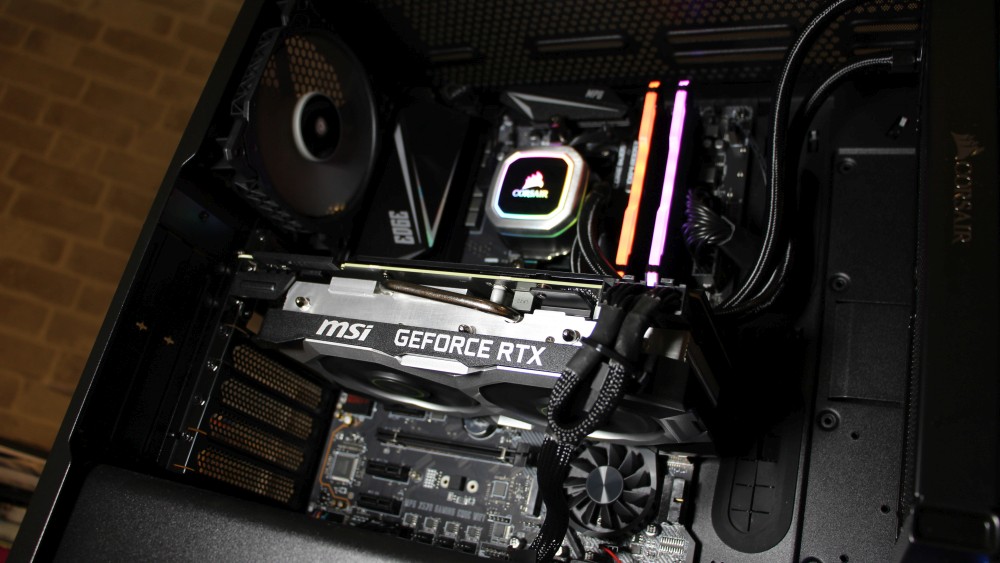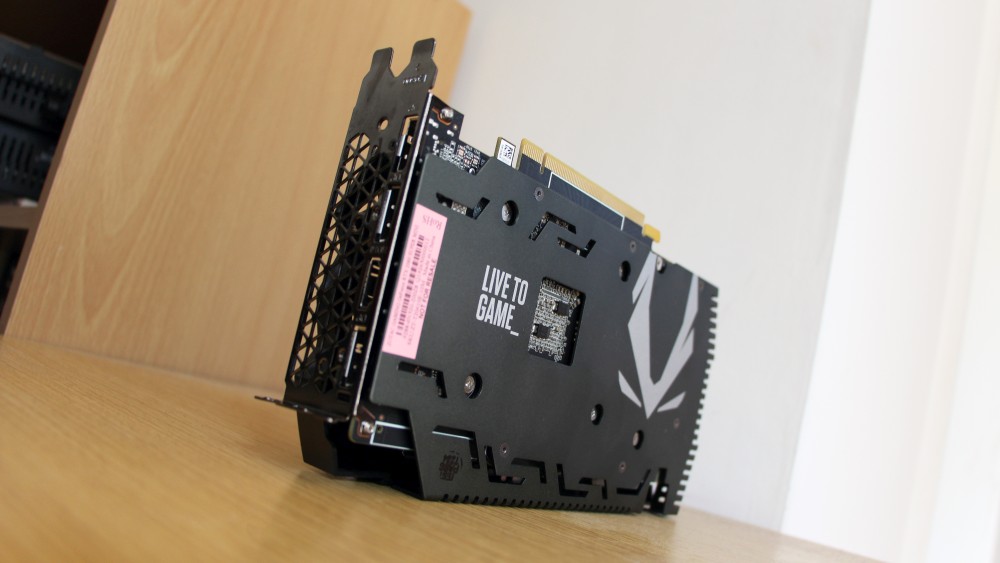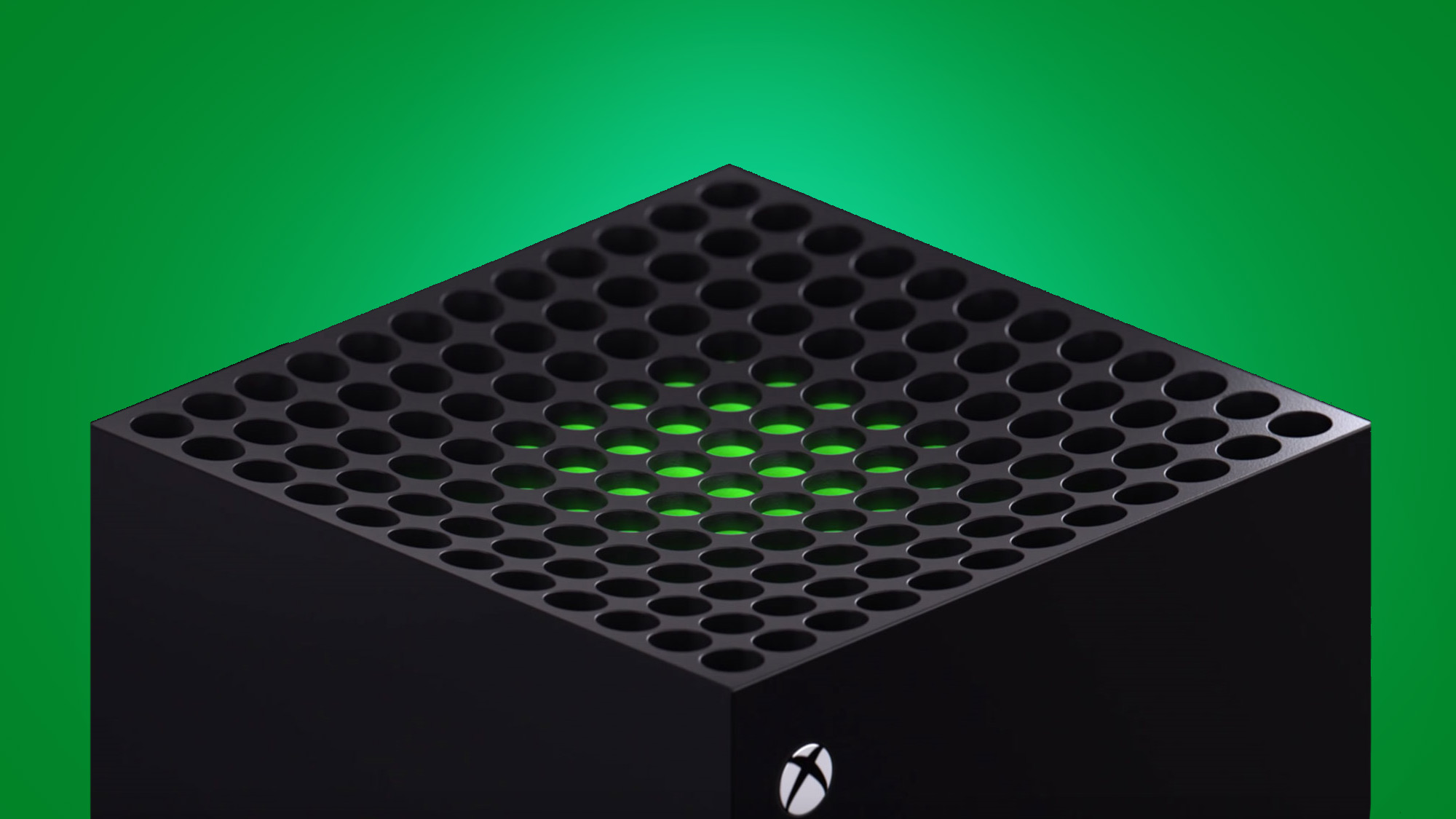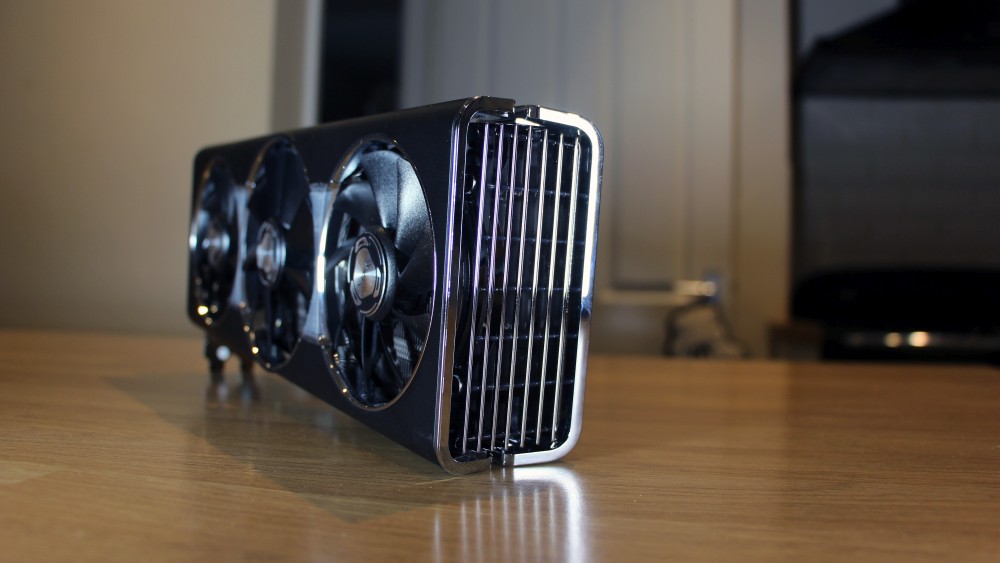GDDR6 Memory explained: What it is, and why it matters for next-gen
Not sure why Sony, Microsoft and everyone else is raving about GDDR6 memory? Find out what the big deal is with our in-depth explainer

Memory is vital for any computer – from your home PC or laptop to your smartphone – and it’s also one of the key components of any graphics card, from your PC's GPU to the cores used in any games console. The function of computer memory is quite simple: it’s short-term storage that your PC, laptop, phone or console can use to hold applications and information it needs right away. Computer memory is also known as RAM, or DDR – with most PCs now using DDR4 memory.
Memory's short-term nature means that applications and data are removed from its drives once it no longer has any use – so your device can make way for its next tasks. In this crucial area, it’s different to your SSD or hard disk – those components are slower than computer memory, but they do offer permanent storage. PCs, laptops, and consoles aren’t the only devices with memory. Graphics cards have their own, dedicated memory too – because they're essentially computers, too, albeit ones designed specifically for graphical tasks.
Graphics memory is called GDDR rather than just DDR. The current generation of consoles use older GDDR5 memory, but the latest PC graphics cards use newer, faster GDDR6 – and that better memory will be used inside the PS5 and Xbox Series X. In short, GDDR6 is one of the key bits of technology that power your gaming PC today – and your consoles tomorrow.
Degrees of separation

"This type of memory will only become more popular when the next wave of consoles arrive."
PC graphics cards have been using GDDR5 memory for around ten years, and cards with GDDR5X memory arrived in 2016 to provide a modest boost. Updated GDDR6 memory began to appear in AMD and Nvidia graphics cards in early 2019. The numbers do the talking: GDDR5 memory had a peak data rate of 8GB/s, GDDR5X peaked at 12GB/s, and GDDR6 delivers a peak of 16GB/s.
GDDR6 memory is also available in larger quantities. Older GDDR5 parts were manufactured in sizes between 512MB and 8GB, while GDDR6 is available in 8GB and 16GB chips. To give some rough context to these numbers, look at the bandwidth provided by desktop graphics cards – the overall memory throughput figure calculated from memory speed, bus width and capacity.
Nvidia’s older GTX Titan X used 12GB of GDDR5 memory that delivered a bandwidth level of 336.5GB/s. Hop forward one generation, and you’ll find the GTX 1080 Ti, which had 11GB of GDDR5X memory and a 484GB/s bandwidth peak. And now, there’s the RTX 2080 Ti: a card with 11GB of GDDR6 that offers a monster 616GB/s of bandwidth.
Dive into the details

GDDR6 memory is specialist technology that address different tasks than conventional PC memory. In turn, that means it’s got to be built differently. Graphics memory needs huge bandwidth rather than low latency in order to work well – because graphics cards move lots of large files simultaneously. In computing terms, though, these files are actually being moved relatively slowly.
Weekly digests, tales from the communities you love, and more
Conventional PC memory moves smaller files at higher speeds, so it requires less bandwidth but better latency. Those requirements mean that graphics memory needs to excel with parallel computing. Unsurprisingly, the move from GDDR5 to GDDR6 saw big development in this area: the number of data transfers per clock cycle has doubled, from two to four, and individual memory chips can now be read in dual-channel arrangements rather than just single channel.
These developments are similar to the changes that have occurred in conventional processors over the last decade or so – CPUs have introduced more cores, and the ability for these cores to handle multiple tasks concurrently. The parallel, bandwidth-heavy design of GDDR6 memory also means that console manufacturers turn to this kind of technology for their devices. Console manufacturers build these boxes with single, unified memory configurations – they don't have dedicated areas of CPU memory and graphics memory. Using unified GDDR caches plays into the kind of graphics-heavy tasks that modern consoles work through – and, just as importantly, it helps keep the cost down.
Playing the future


7 unexpected PS5 and Xbox Series X features that could define next-gen
The current PS4 and PS4 Pro models use 8GB of GDDR5 memory, while the Xbox One and Xbox One S deploy 8GB of DDR3 memory. The Xbox One X beefed this up to 12GB of GDDR5 memory. Unsurprisingly, both Sony and Microsoft will go further in their forthcoming consoles. Microsoft has been more forthcoming with details: they’ve already announced that the new console will have 16GB of GDDR6 memory.
Sony is being coy about the PS5, with no firm announcements about its memory situation just yet. It’s a solid assumption that the PS5 will use at least 16GB of GDDR6, though – it’s what Microsoft is using, and Sony won’t want the PS5 to be left behind. It’s also safe to assume that GDDR6 is coming to Sony’s console because the PS4 used GDDR5. The other components also hint that GDDR6 will be coming to both consoles. The PS4 and Xbox Series X will both use AMD Zen processors and second-generation AMD Navi graphics cores. Given that all of AMD’s current PC graphics cards use GDDR6 memory, it’s a fair bet that the memory is also coming to the consoles.
How much do you need?

If you’re playing on console, it’s easy to figure out how much memory you need – the console will already have it fitted. If you’re a PC or laptop gamer, though, it’s a trickier question, and it comes down to your intentions and your budget. Happily, there are some key rules of thumb to follow. If you want to play games at 1080p, or if you want to play esports titles, then you’ll be OK with either 4GB of 6GB of graphics memory. The lesser amount is included on AMD and Nvidia’s cheaper cards, while you'll have to pay slightly more for 6GB GPUs.
If you want to play on 1440p displays and widescreen panels, then you need a GPU with 6GB or 8GB of memory – 4GB just won’t cut it. If you’re interested in 4K gaming, you need at least 8GB of graphics memory. That amount is included on most of AMD and Nvidia’s high-end GPUs. Nvidia goes one further by offering the RTX 2080 Ti with 11GB of memory, which is even better for extreme 4K gaming. It's also good to aim for at least 8GB if you’re interested in future-proofing. With the next generation of consoles having more memory, demands will only increase – so the more GDDR6 you can get your hands on the better.
Making memories

There’s no doubt about it: GDDR6 is the real deal. It’s already being used in every PC graphics card that matters, and it’s almost certainly going to be employed in all of the next-gen consoles. There’s no doubt that memory can be confusing, too: when you’ve got to contend with GDDR6, GDDR5, DDR4, and everything else, it’s a lot to take in.
Make things simpler by concentrating on the numbers: GDDR6 offers more bandwidth and speed than its predecessors, and it’s being manufactured in larger amounts. The tide has clearly turned towards GDDR6, and this type of memory will only become more popular when the next wave of consoles arrive.
For more details on all the next-gen jargon, check out more of our next-gen explainers.
Mike Jennings is a freelance tech writer and marketer with over a decade of experience. He has written for websites and publications including TrustedReviews, TechRadar Pro, TechSpot, IT Pro, CustomPC, TechAdvisor, Wired, Creative Bloq, and GamesRadar - among others.


